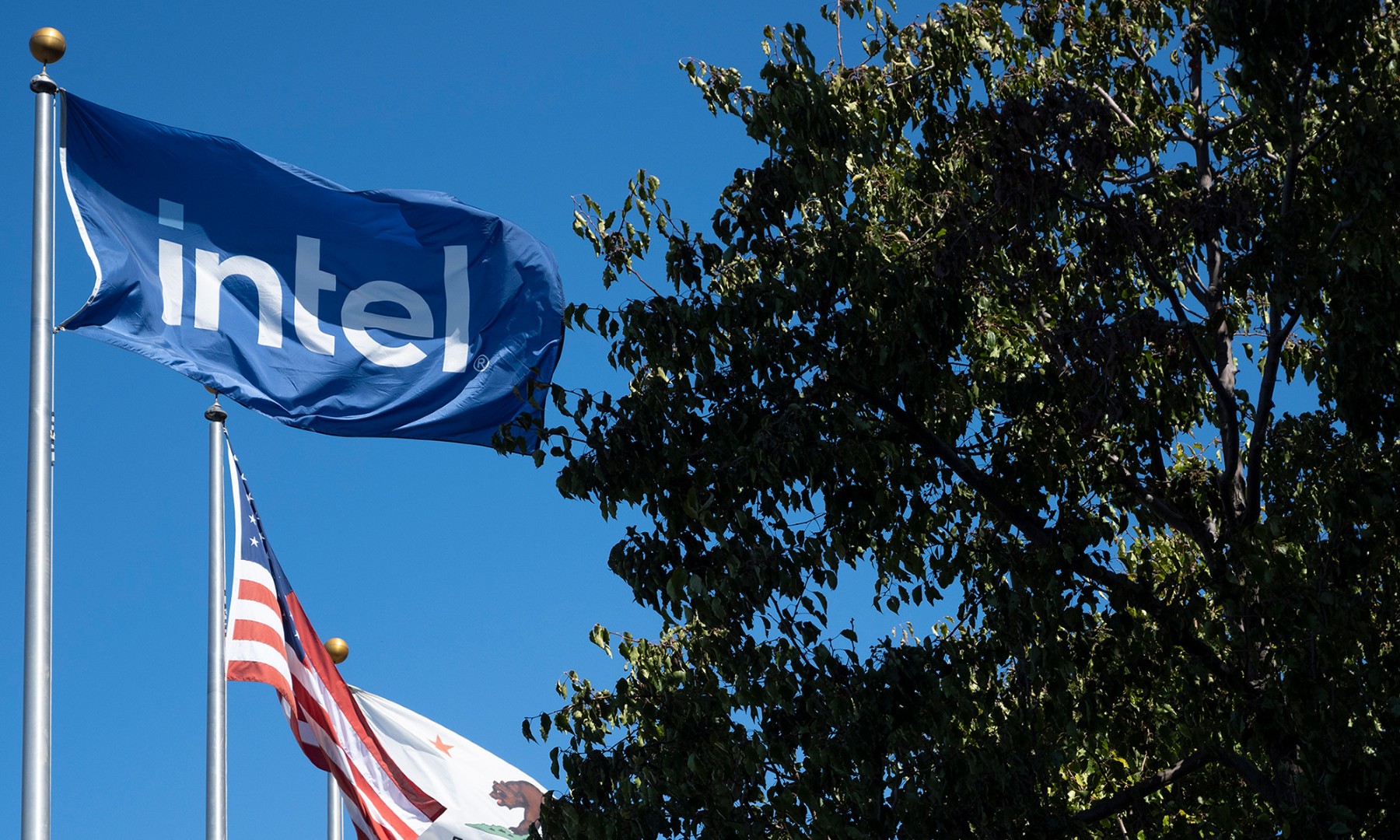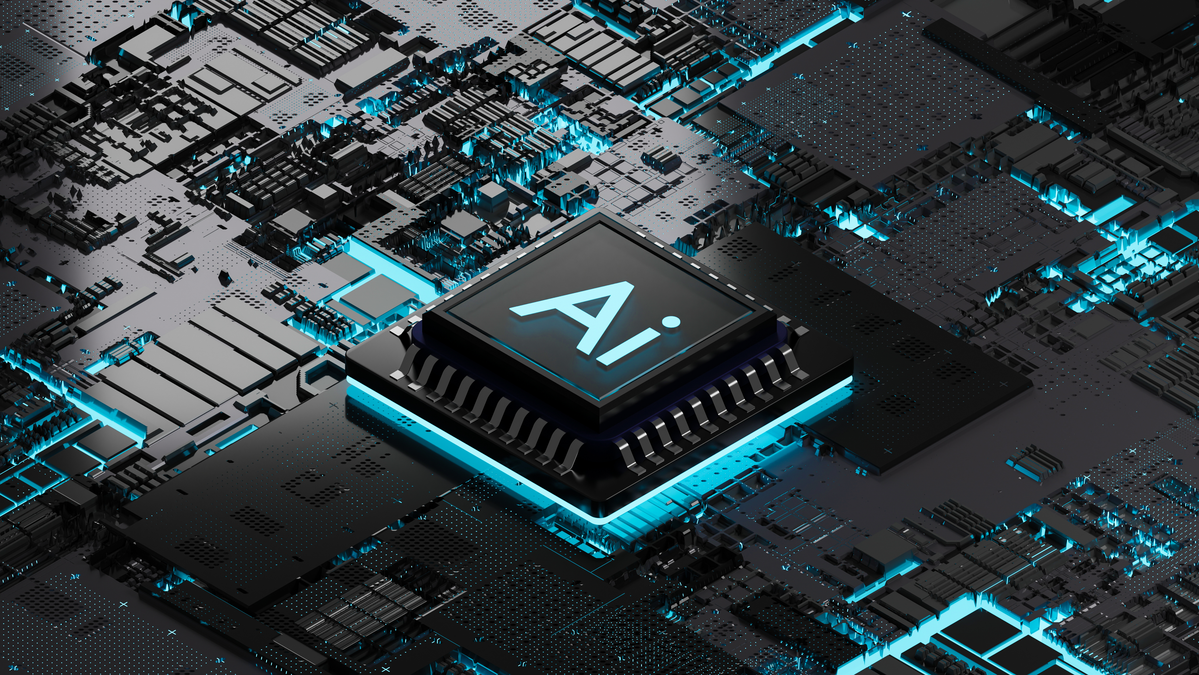Back in late 2013, Intel (INTC 4.33%) talked about its next generation mobile system-on-chip known as Broxton. This, as I've written about previously, was supposed to be the mobile processor that finally delivered uncompromised leadership performance and power consumption for flagship mobile devices. It would be based on the fresh new Goldmont processor core and Intel's brand-new homebrew Gen. 9 GPU architecture. And it would be "production-ready" by "mid-2015."
What the delay into 2016 means for the competitiveness of this chip
If Intel had qualified Broxton for sale in July/August of 2015, it may have been available to chip OEMs for product launches roughly in the fourth quarter of 2015. It would have been competing with the tail end of the 20-nanometer generation from the ARM (ARMH +0.00%) camp and the first generation 14/16-nanometer chips from those competitors from about late 2015 until late 2016.
However, Intel is now talking merely "2016" for Broxton's launch. If I had to guess, Intel is probably going to qualify Broxton for sale in very early 2016, which means that devices based on the chip will be available in the first half of 2016.
At that point, Intel has the distinct displeasure of going up against Qualcomm's (QCOM 1.64%) first 14/16-nanometer Snapdragon processor (which will feature a custom-designed ARM-compatible processor core from Qualcomm). I also expect MediaTek to roll out 16-nanometer chips in the early 2016 timeframe, potentially based on ARM's impressive new Cortex A72 processor core.
If Intel did its job right, then Broxton should be competitive with the Qualcomm/MediaTek offerings, particularly as Intel claims that it has a significant transistor performance/density lead over the foundry 14/16-nanometer processes upon which the Qualcomm/MediaTek chips will be built. The problem, though, is that Intel's process lead here probably isn't big enough to compensate for any architectural missteps.
Broxton is going to have to last until 10-nanometer Atoms
Perhaps the most troubling part of the Broxton delay is the fact that Intel, if it follows tradition, will not follow Broxton up with an architecturally enhanced 14-nanometer part. This means that, for better or worse, Broxton will have to fight against whatever processors are on the market in the 2016 timeframe.
Leading foundry Taiwan Semiconductor (TSM 4.26%) is targeting mass production of its 10-nanometer process in the fourth quarter of 2016, which means that we might not see 10-nanometer products from the various fabless companies, in the market, until around the second quarter of 2017 -- if not later.
This leads me to believe that Qualcomm (and the other fabless companies) will actually do two generation of chips in the various foundry 14/16-nanometer processes out there. My worry, then, is that Intel will essentially have to fight both the first generation 14/16-nanometer chips from the fabless companies as well as a more refined second generation of foundry 14/16-nanometer parts using Broxton throughout 2016.
Further, while an Intel representative recently claimed that the first 10-nanometer PC parts were coming in early 2017, there's no telling when Intel will launch Atom parts on this technology. If Intel gets really aggressive, it could bring 10-nanometer Atom parts in at roughly the same time as it brings the first 10-nanometer Core parts, but whether it can or will remains to be seen.
At any rate, with Broxton delayed, the chip is going to have to face stiffer competition than it would have had it been launched on time.






